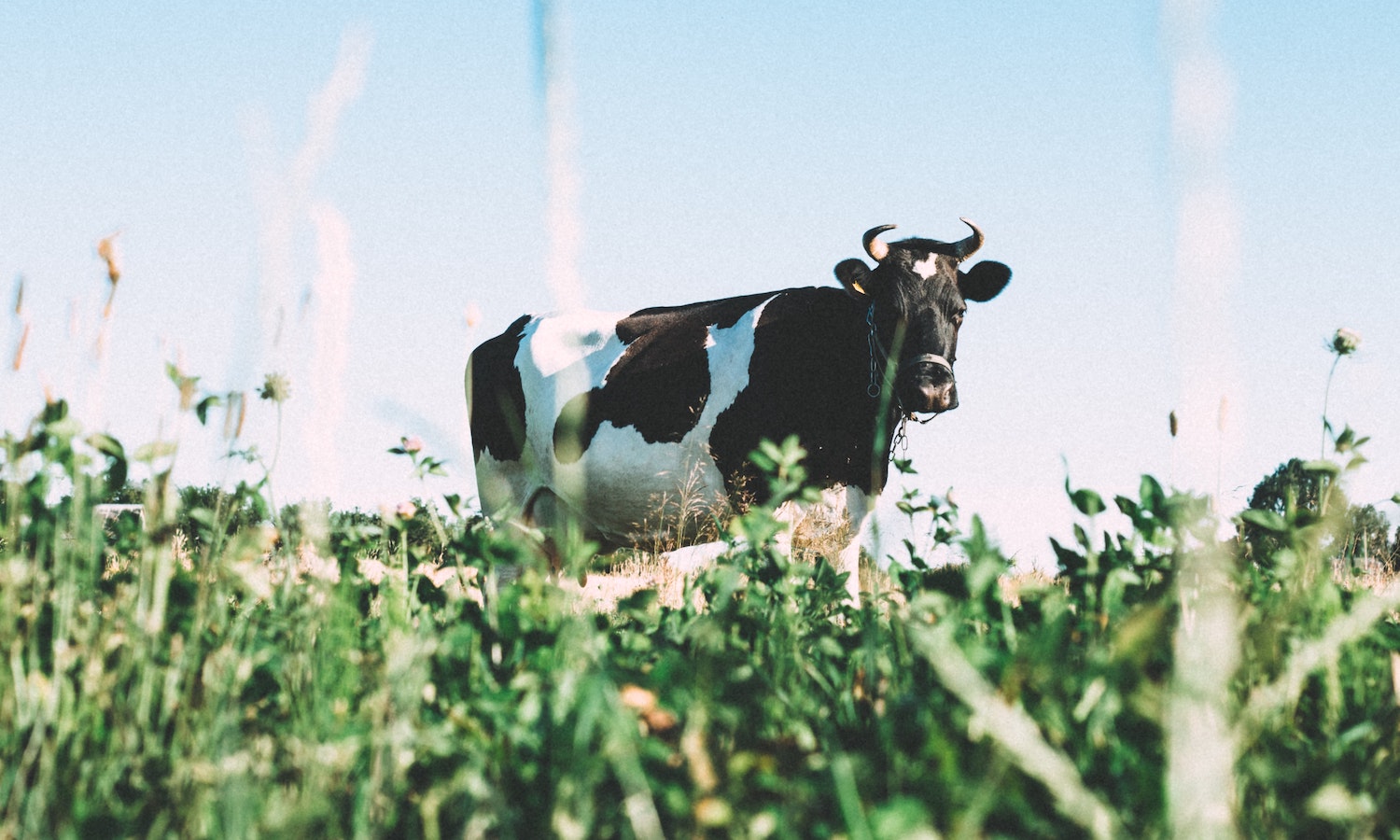A recent study published in the Journal of Cleaner Productions finds greenhouse gas emissions to be 24 percent lower on organic dairy farms when compared to conventional dairy farms in the United States. These dairy farms focused on grazing and organic production techniques can sequester carbon and reduce greenhouse gas emissions.
Researchers from the University of Wisconsin-Madison conducted a dairy life cycle assessment (LCA) on farms from Organic Valley, the nation’s largest farmer-owned organic cooperative and one of the worlds’ largest organic consumer brands. The LCA, the first of its kind in the nation, takes into account the positive carbon sequestration effects of cows spending time on organic pastures.
Horacio Aguirre-Villegas, Scientist III at the University of Wisconsin-Madison and lead researcher behind the study, tells Food Tank that “since cows on organic farms tend to have more pasture in their diets, they do more grazing, and that’s a big component of carbon sequestration.”
According to Aguirre-Villegas, this is likely due to how pastures and forages “have more developed root systems, so they can store more carbon underground in the long-term” compared to other crops involved in dairy farming.
The study evaluates different farm layouts and unique practices of 14 Organic Valley farms across four U.S. regions. Researchers considered the ways that tillage, land use regime, land management, and the input of organic matter into the soil affects the carbon stock—or the amount of carbon stored in the soil.
Region-specific variables, including the level of activity on the farm and temperature, also played a critical role in carbon stock levels. Avoiding synthetic crop inputs and using manure as a fertilizer source instead of conventional, synthetic fertilizers led to reduced greenhouse emissions.
The study highlights how farms that implemented a combination of sustainable practices averaged a 30 percent reduction of emissions, achieving up to a 40 percent reduction. “We are seeing practices from the organic dairy industry that are more sustainable,” says Aguirre-Villegas. But, he continues, “it’s going to be a challenge to find a balance where we’re able to effectively provide food to the entire growing population at a reasonable price.”
One way to overcome this challenge, according to Aguirre-Villegas, is to start by helping these farmers find practices that are both economically and environmentally sustainable.
“Even though agriculture, including dairy farming, is a major contributor to greenhouse gas emissions,” Aguirre-Villegas tells Food Tank, “it can also be part of the solution to start mitigating our emissions and start accomplishing the goals that we are establishing.”
Articles like the one you just read are made possible through the generosity of Food Tank members. Can we please count on you to be part of our growing movement? Become a member today by clicking here.
Photo courtesy of Angelina Litvin, Unsplash















